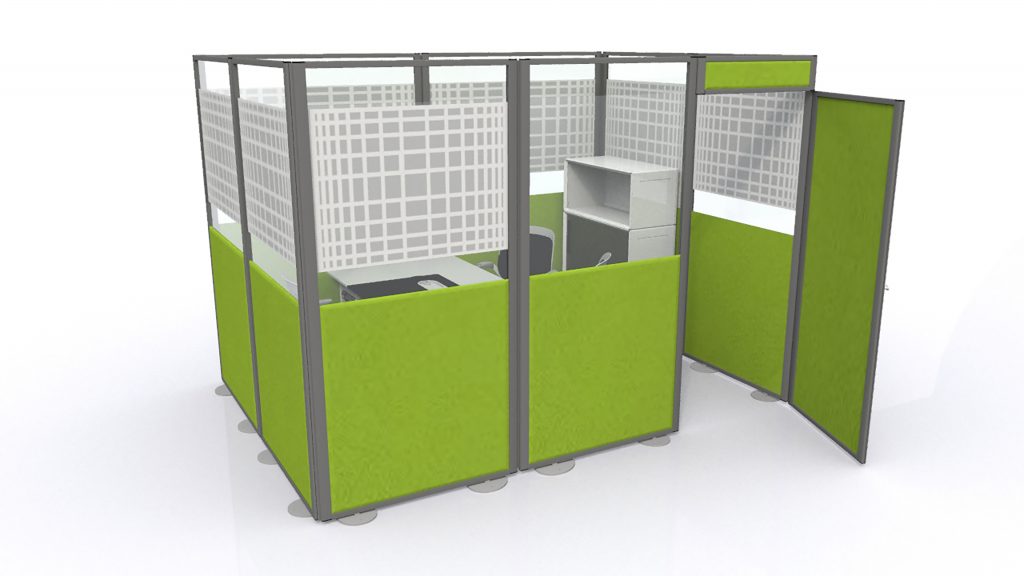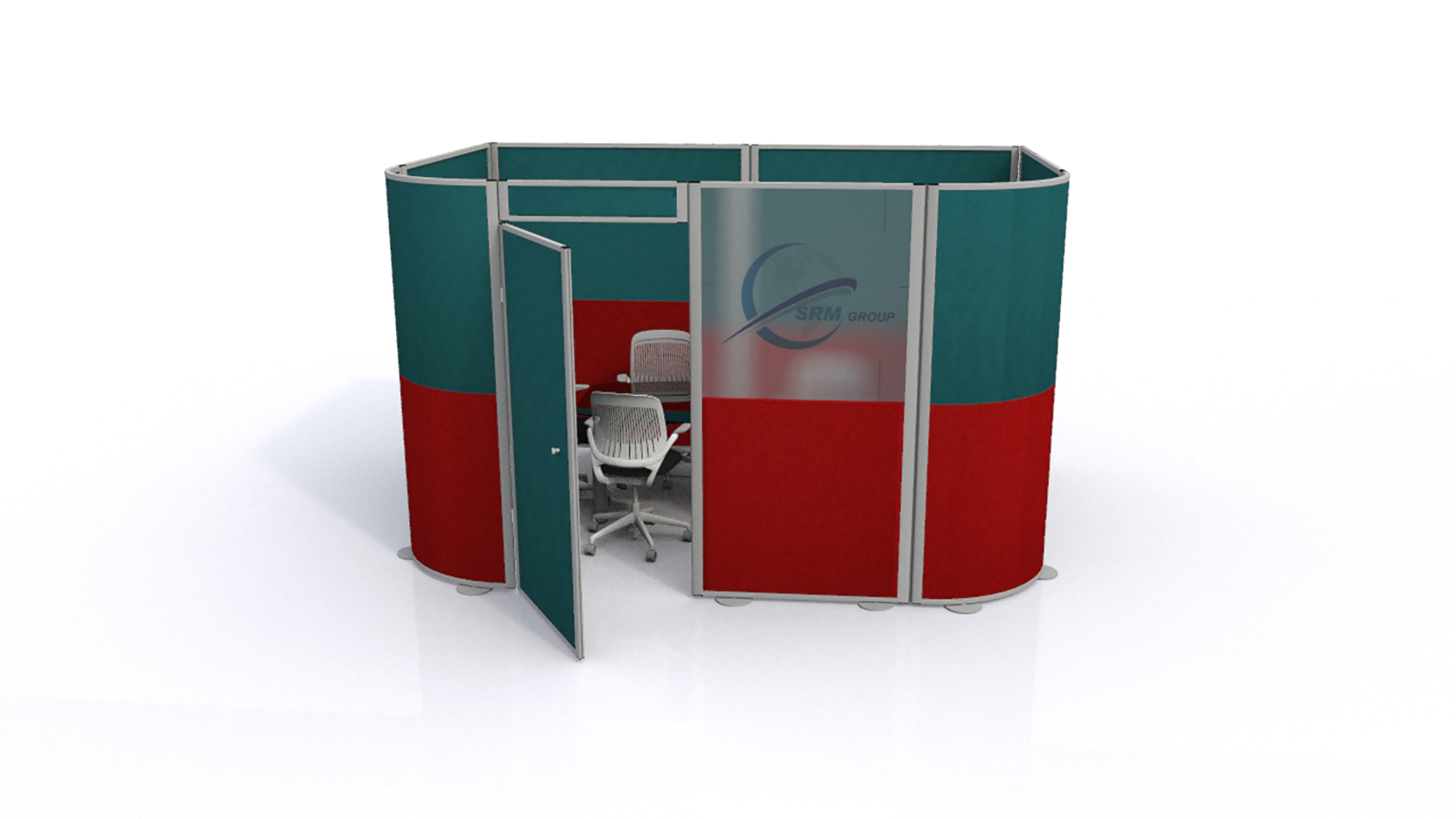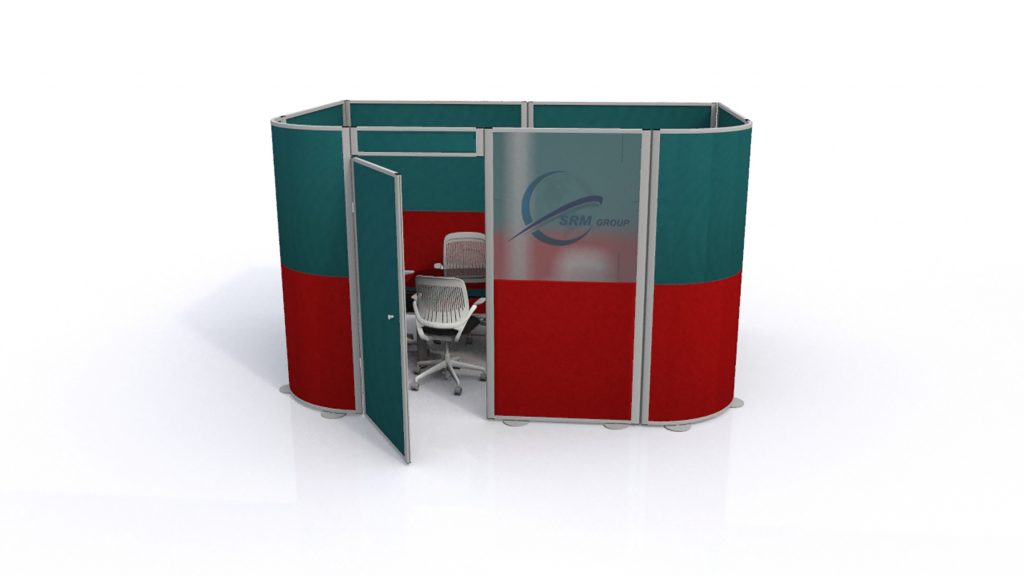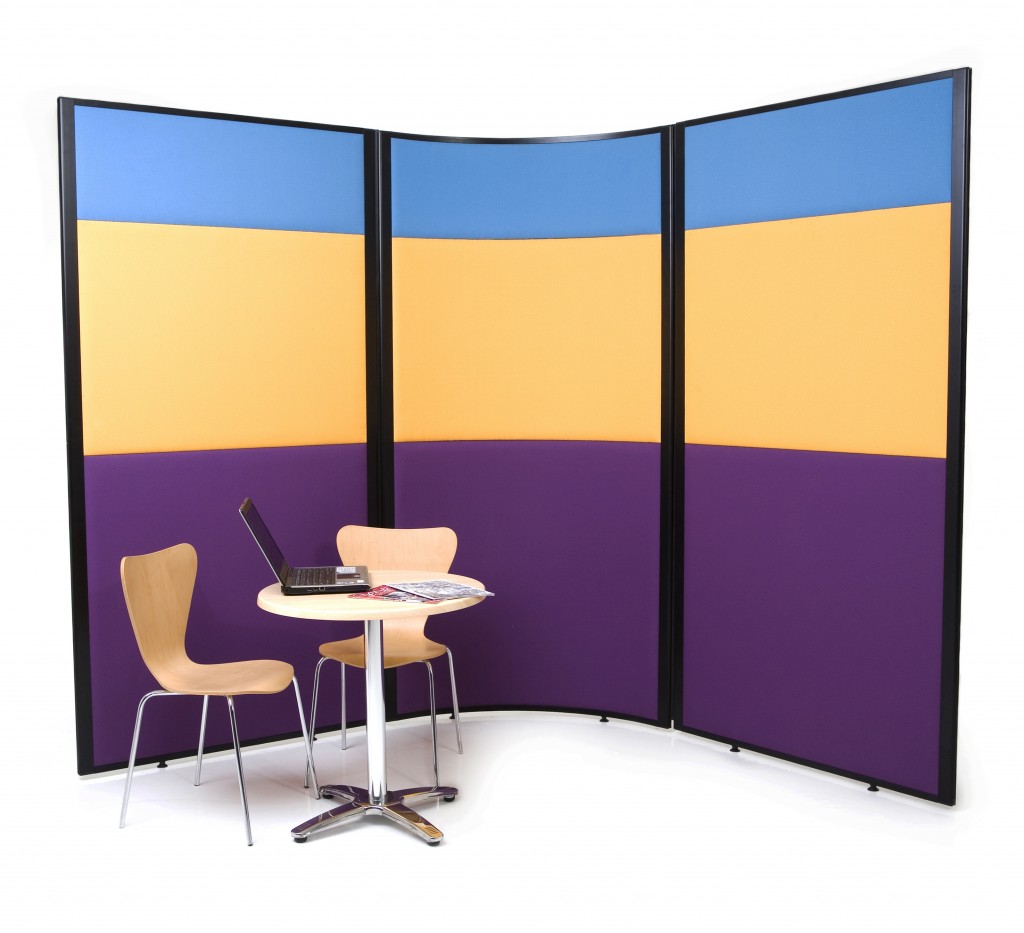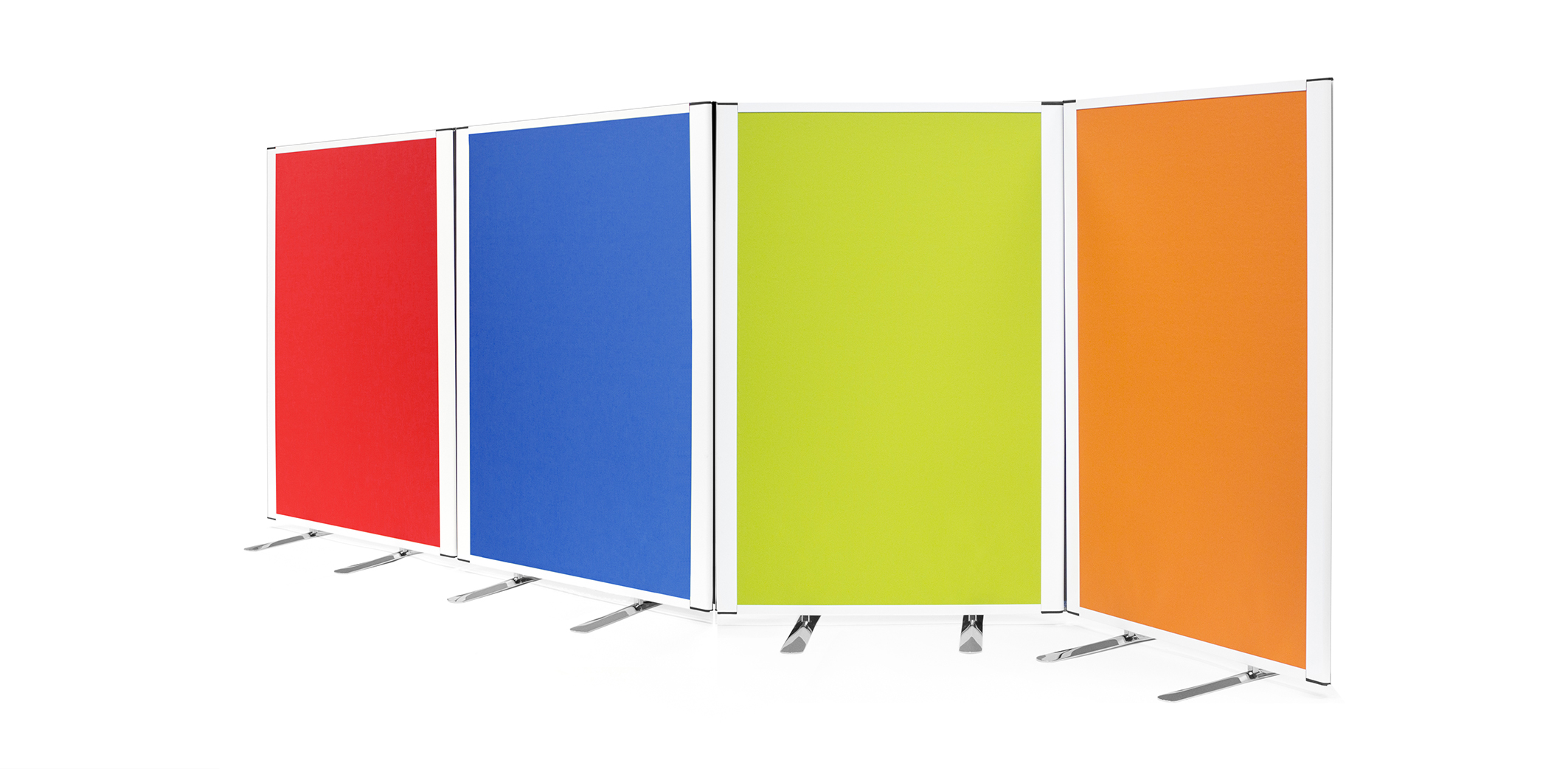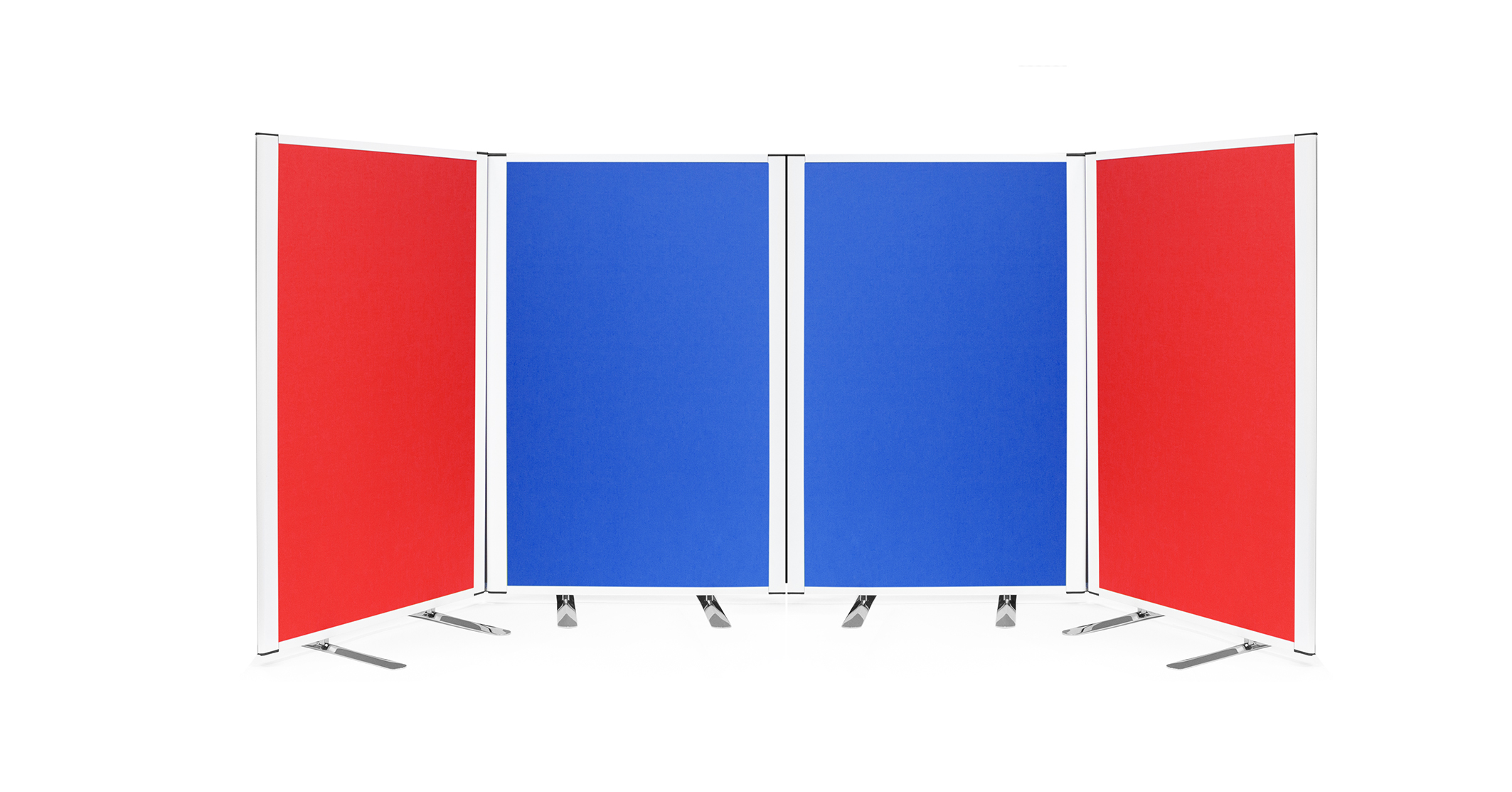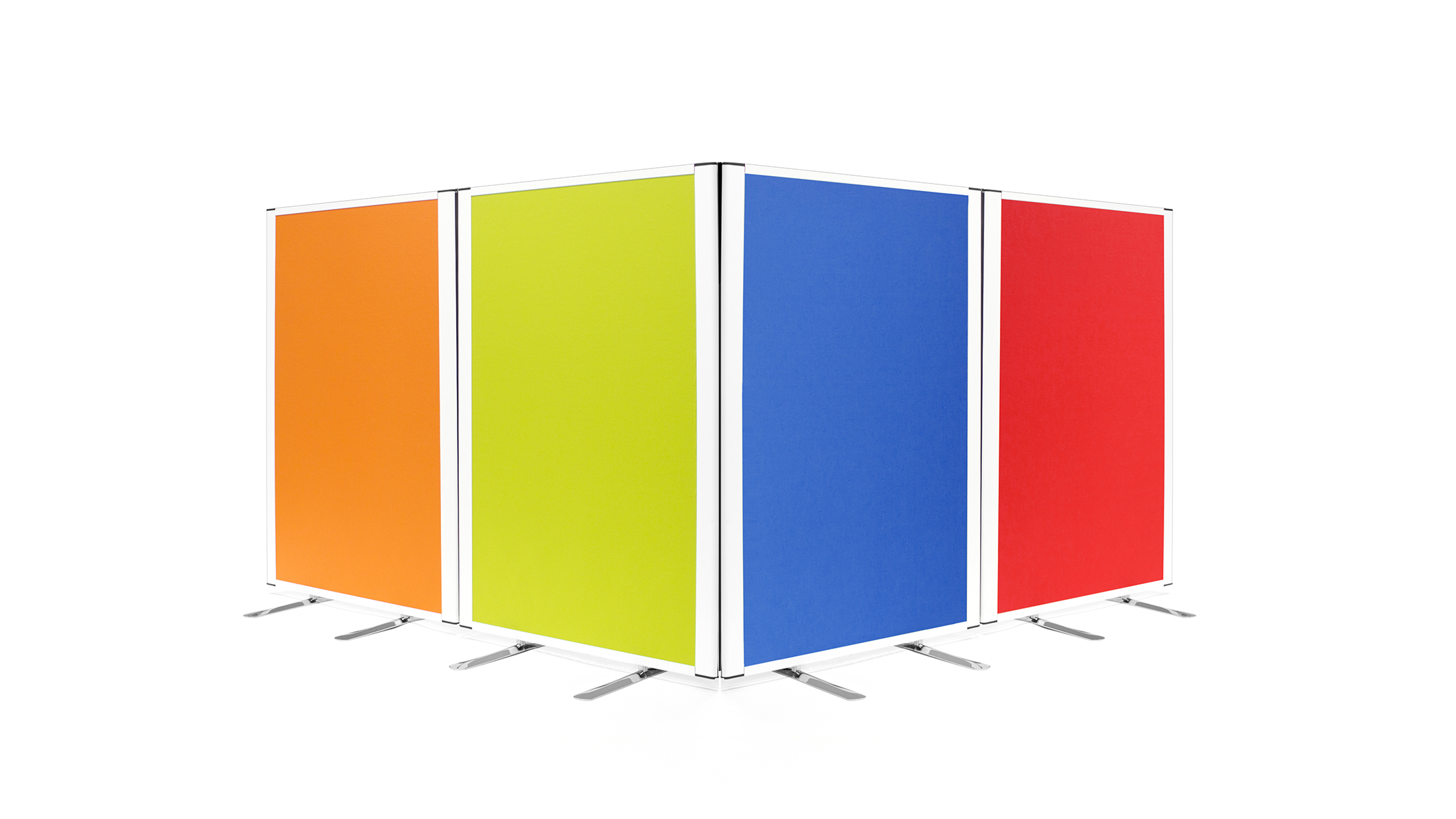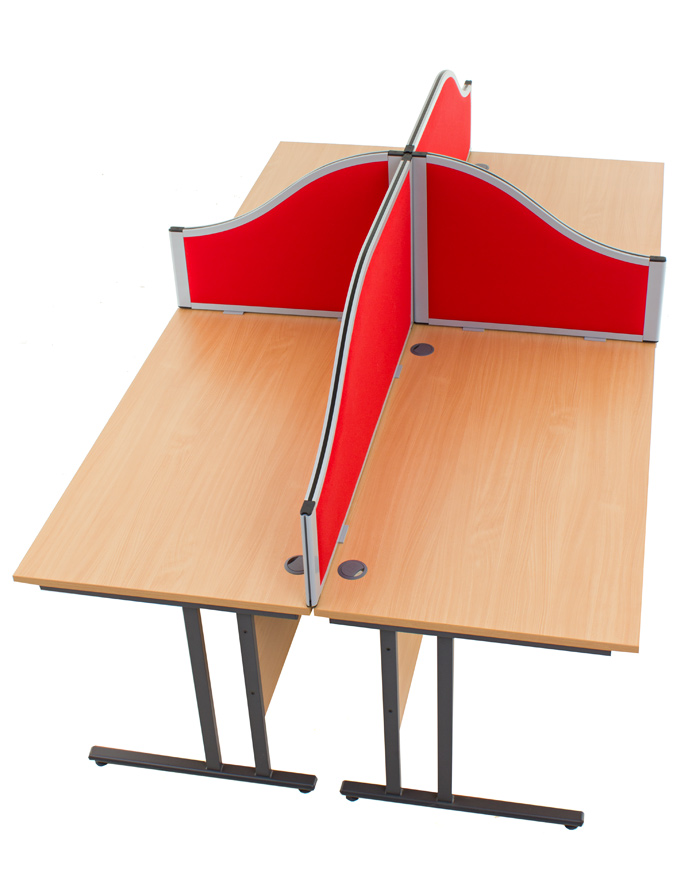Enabling Open Plan Offices with Modern Design
The open plan office is something which most white collar workers can sympathise with. Barring a career path working for a slew of forward-thinking companies, chances are that at some point, we have all experienced the ‘cubicle farm’. Packed in tight like sardines and equipped with a desk and computer, the hum of offices like these can be deafeningly depressing. Studies have lamented this now 50-year old design for its propensity to ‘dehumanise’ humans, rather ironically. Fortunately, some bright spark in the last decade decided to find out what would happen when people were given freedom. Unsurprisingly, the result has been overwhelmingly positive and the office pod is the result of such thinking.
Rather than focusing on figures, statistics and the bottom line, corporate management is finally having its eyes opened towards alien concepts such as; innovation and collaboration. Rather than trying to squeeze every bit of life out of an employee, they’re starting to see the value in allowing people to be creative. Innovation and inspiration are the only way we move forward and stifling it has held many businesses back over the past half-century. Office design continues to evolve with modern innovations such as the office pod, paving the way to a brighter future for office workers.
1. The Future of the Modern Office is in Fluid Design
The ‘cubicle farm’ is notoriously structured. Strict regiments of workers, contained in fabric boxes, with only a computer and a few possessions to accompany them. Hardly the kind of setup which is going to convince people that company is going to be worth working for. Modern office design needs to introduce fluidity. The structured approach strangles innovation, although, it’s important to note; full freedom will lead to a business losing sight of its goals. Therefore, any office design should seek to strike a balance between the two. Forward-thinking office designers envision this taking place in the open plan layout, with clearly defined neighbourhoods.
Teams are increasingly scattered in clusters, allowing group discussions to be contained without needing to be bellowed across the office. The design should consider the type of work taking place. For example, if you have a customer service team on board, consider the audible distractions they produce. Situating them next to designers will cause more problems than you are trying to solve. Collaborative and spoken tasks should be contained in one neighbourhood, reducing further disruptions for the rest of the office. This creates a comfortable environment for each team, allowing them to concentrate and ultimately, produce more effective work.
2. Office Pod – Tailored for Meetings
We discussed the office pod briefly before and to expand, it is increasingly being considered as a cornerstone of modern office design. Equipped with an innovative design, these can provide an additional layer of fluidity in an open office. Sometimes collaborative group work will need privacy and the freedom to express itself and the main office is no place to thrash out ideas or practice presentations. So, the office pod can become an adaptable space, separate from the office and acoustically equipped to cope with audible distractions.
Whether it is for group meetings or meetings with clients, an office pod can provide privacy for anyone without requiring a permanent room. Even for individual workers, the office pod is effective at providing peace and quiet when working to close deadlines. The traditional open office is renowned for becoming a cacophony of noise and distractions. Therefore, separating these groups enables creativity and innovation to flourish.
3. Conduct the Ideal Interview with an Office Pod
The clear majority of modern start-ups are incorporating these fluid concepts in their own designs. Nowadays, the design of your workplace has become a reflection of the company culture as a whole. Blanket white tones and a rigid layout set a more serious tone. Meanwhile, floods of colour and savvy technology strike resemble a more positive and relaxed company. For many of these start-ups, the goal is to attract the newer generations. Ideally, those with fresh ideas and a firm handle on whatever social media is. Even at the interview stage for prospective employees, a candidate is often assessed for how well they could fit in with the team.
Turn up for an interview at a ‘fun’ company wearing a suit and you may actually risk costing yourself the job as you do not fit in with the culture they are trying to achieve. Once again, it is no longer the bottom line (CV) which seals the deal, but the characteristics which make you human. In terms of office design, an office pod provides an ideal environment for such interviews to take place. Separate from the main office, yet with an insight into how things operate, this is designed to provide flexibility. As the business grows with new employees, should you need the space again, the office pod can be packed away or simply moved.
4. Learning without Distractions
As one of the main features of the office pod is its ability to create private space, this means that its usefulness extends outside of the office. To be specific, when learning is taking place, whether that is of children in school or new employees, creating the right conditions will help to provide them with a head start. In an office, you may be fortunate enough to use headphones. However, without a block on external distractions, the distractions caused by open plan layouts will undermine the learning process.
Considering initial training will almost always be the first thing a new employee does, it is still important for you to make a good impression as a business. Simply throwing them on a spare desk and leaving them to their own devices hardly strikes of a considerate business. Employee expectations for working conditions continue to grow in tandem with evolving office design. Therefore, as competitors continue to adapt, failure to do so makes your business a less attractive proposition to potential candidates.
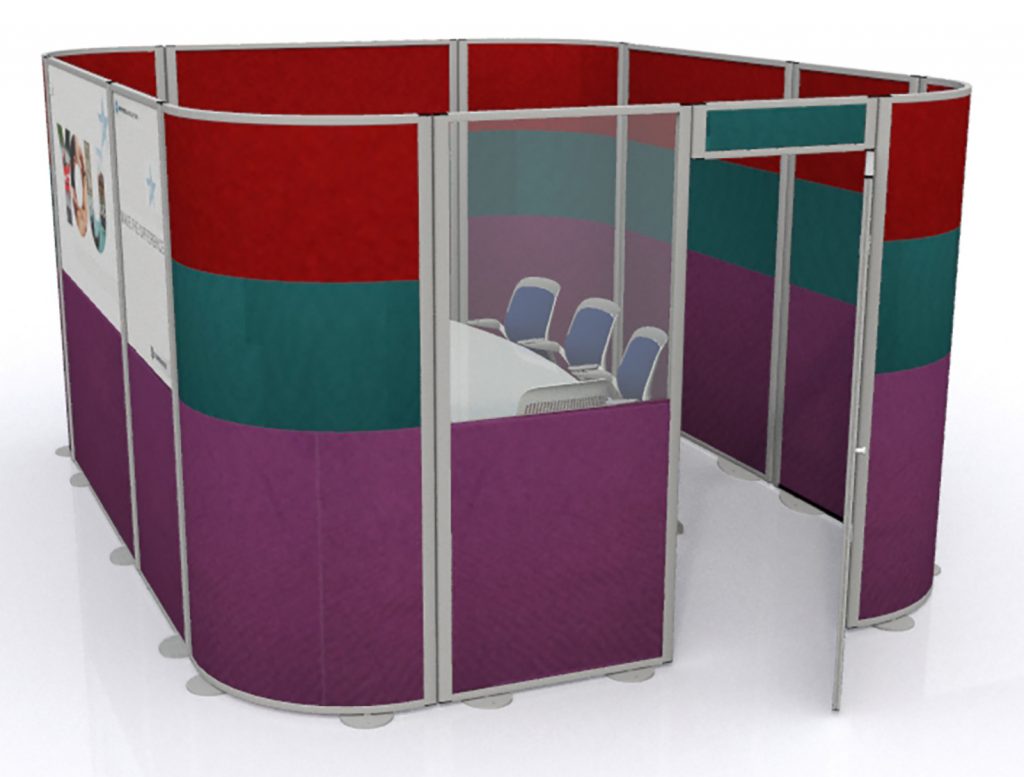
The office pod is a key innovation in modern office design. Here at Rap Industries, we have manufactured office partitioning and exhibition stands for over 40 years. Throughout this time, our products and designs have adapted to meet the evolving requirements of our clients. To find out more about the office pod as well as our other products, please get in touch. To do so, either call 01733 394941 or send an e-mail to sales@rapind.com.
